Manja Wachsmuth
Published 24/6/2019
Whether it is food, people, objects, landscapes or interiors, Auckland based Pro Manja Wachsmuth brings a direct approach, clear vision and sense of purpose to every shoot. Originally from Denmark Manja has spent the past decade working for editorial and advertising clients in Scandinavia, Germany, the UK, US, Australia and New Zealand. We caught up with Manja to talk about her sense of composition, colour, technique and her wonderful latest body of work ‘The Bug Project’
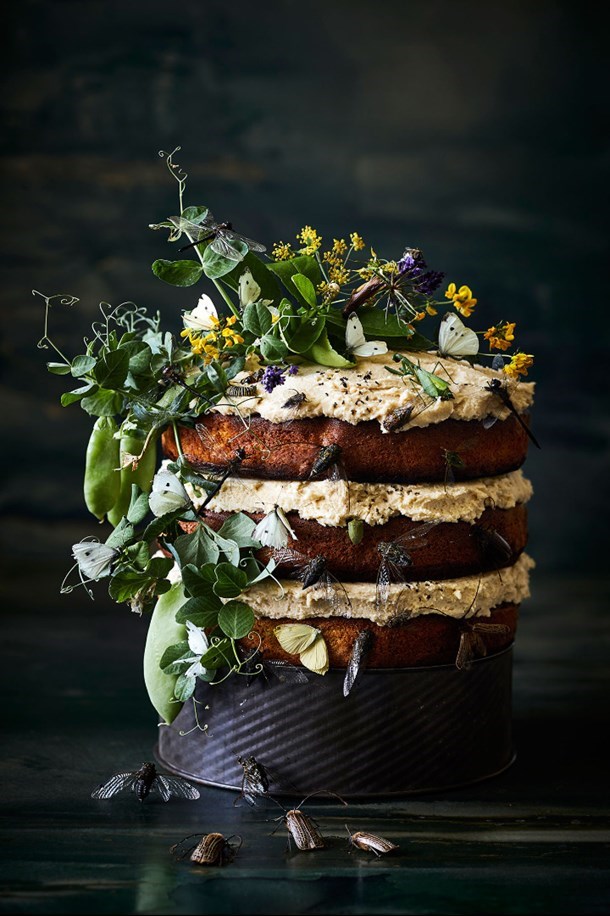
Tell us a bit about yourself, how you got started in photography.
I guess I knew quite early on, that I wanted to be a photographer. As many others I did some evening dark room courses during my teenage years with a friend, and fell in love with the craft. It took me quite some years to figure out how I was going to be able to work with photography as a job. Where I’m from there was press photographers and wedding photographers, and although I knew I wanted to work with photography, I knew I didn’t want to do that. So I spent years searching until I figured out that I could do a photographers apprenticeship and be a commercial photographer. So that’s what I did. In short. - It took a lot of years to find the right place to do that apprenticeship, and initially I was 28 before I graduated.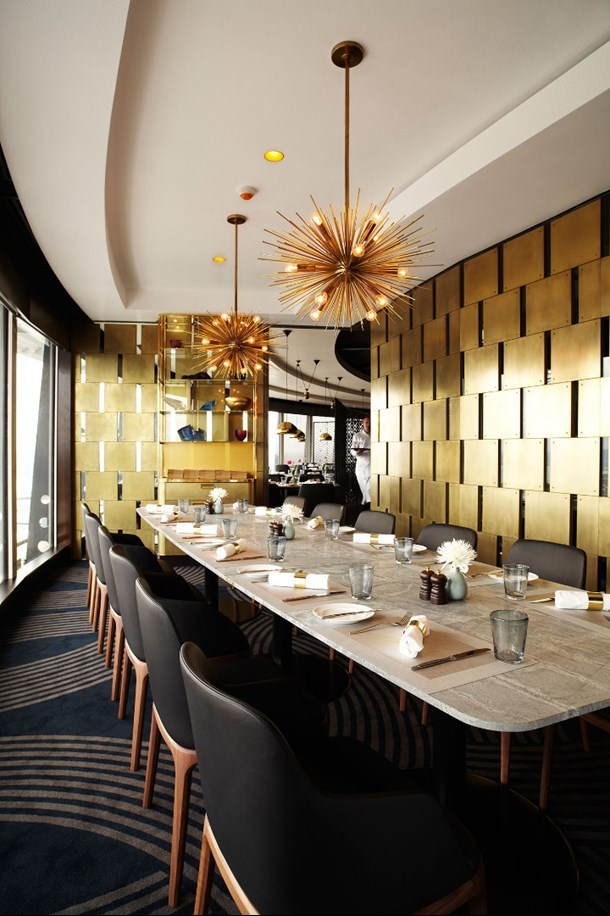
Most of your work is centered around food and lifestyle. Tell us about what led you into this line of photography.
As mentioned earlier, I was never really that keen on photographing a lot of people based work. In the early days, I guess I studied light, shapes and textures, doing lots of street photography - I didn’t realise that, that was initially what I was doing, but I know now that it was. I just liked to photograph things on my path on black and white film and watch the magic appear in the dark room. When I started my apprenticeship, my boss was specialised in shooting objects and food, so it was natural for me to go that way. It suits my personality well. I’m a bit shy and introverted so I do well with detail oriented work that requires focus on the subject and not so much interaction with people. That’s a skill that I’ve developed more over the years, but food still remains my main focus and priority, except now I like to think of it as food and all things foodie related. Food, products, produce, restaurants interiors, chefs portraits, landscape. It ticks all my boxes.
Much of your work has a very high contrast aesthetic which evokes certain moods. Tell us about that.
Yeah I like high contrast and moody darkness. Before my apprenticeship an amazing photo enthusiast, who was my teacher at a folk school photography course showed me the work of all the Magnum photographers and how they use the vignetting of the lens and the composition of closing down the corners of an image to draw attention to the subject. It’s stayed with me forever. And since getting the help to hone in on my strongest work, by a photographers consultant in 2017, it has become apparent that my strongest work lies in this dark and moody style that encapsulates the main subject and makes it almost pop out in a 3 dimensional kind a way. I think this contrast brings out the colours.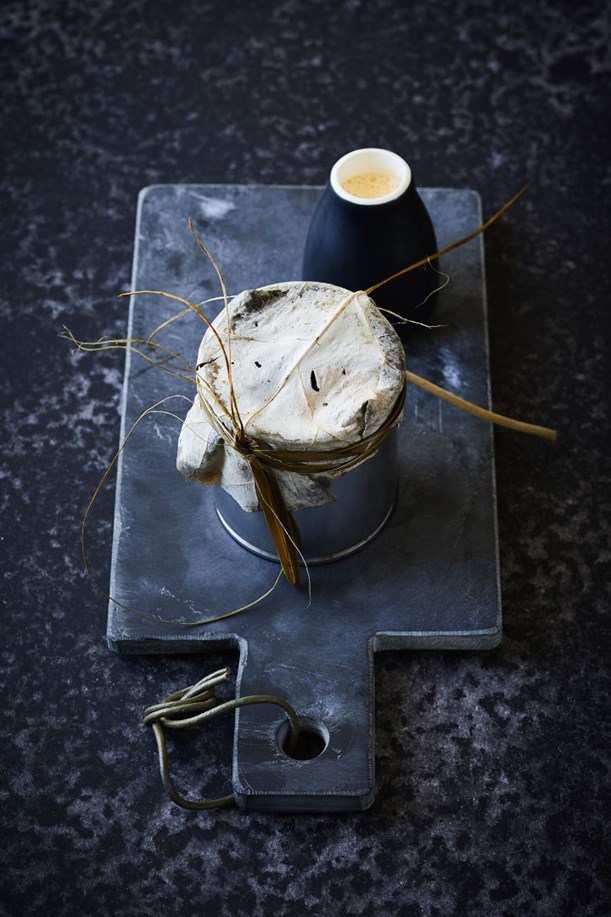
Your work is almost exclusively in colour. Tell us about your personal colour perceptions and how you use it in photography.
I actually love Black & White photography and I am currently exploring it more. It brings back some of the magic from those early teenage years and discovering the photographic medium. I actually also did some black & white food photography years and years ago as a personal project, quite an interesting project because all of a sudden you don’t have the colours of the food to draw you in, but only the highlights and the textures. It’s good practice in working with the light, making sure you don’t get seduced by the colours but actually pay attention to the details for the work you’re doing.
The reason why most of my work is colour based, is because I shoot mostly food. People relate to the colours of food and it is very much part of what sells the recipe or the product. It evokes the perception of flavour I guess. When working with colours around food photography I like to keep my images in the cooler spectrum because it compliments the colours of the food and makes it pop. Lots of food is red, yellow and brown, so when keeping the surrounding colours in cool contrast it makes the food stand out, which is what you want off course.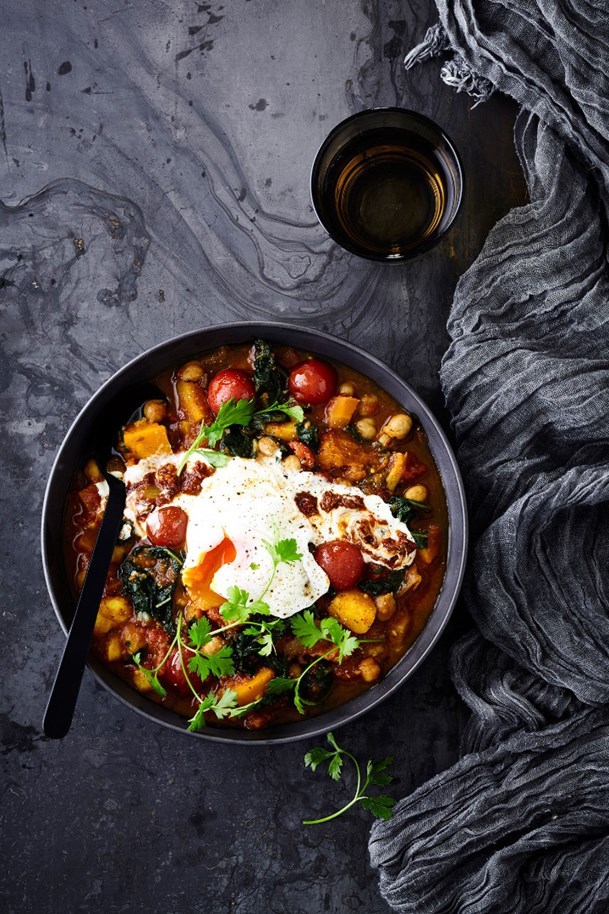
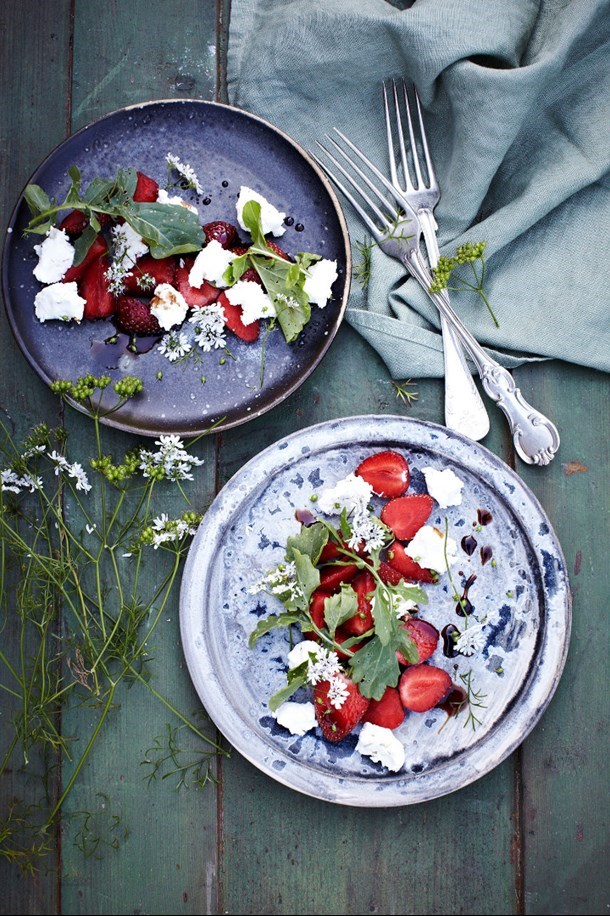
When is the right time to use Black and White?
When shooting portraits or focusing on shapes and lines. I think it suits portraits because it brings out the eyes and textures of hair and shape of face. With architecture it’s fabulous as well, because again you’re focusing on shapes and textures.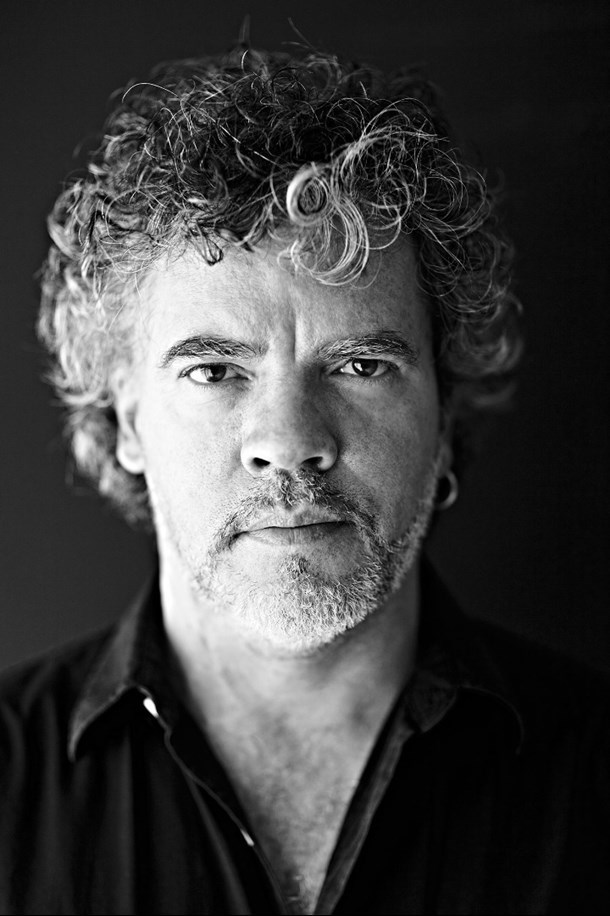
What are the different head spaces you apply to the way you photograph things?
Mmm that’s a difficult one. I guess I’ve been shooting food for so long now - 15 years that it’s become second nature. Although I’m always very focused on telling the story. Recently I’ve had a bit of a revelation about shooting people and lifestyle. I guess I always felt it was expected of me to do it in a certain way, but I’ve become more confident in my approach to using the light and shooting people and lifestyle in a manner that makes sense to me. It’s a natural development of my personal style as a photographer. Making a statement about how I like to shoot, a being that point of difference to how others work. It’s an important development.
Can you describe your composition techniques in your food shots.
I work very intuitively and am always focused on leading you on a little trip around the image, making sure you stay in there looking at it. I don’t consciously work with any of the classic composition formulas, but perhaps if you sat down and made the measurements you’d find that I do that subconsciously…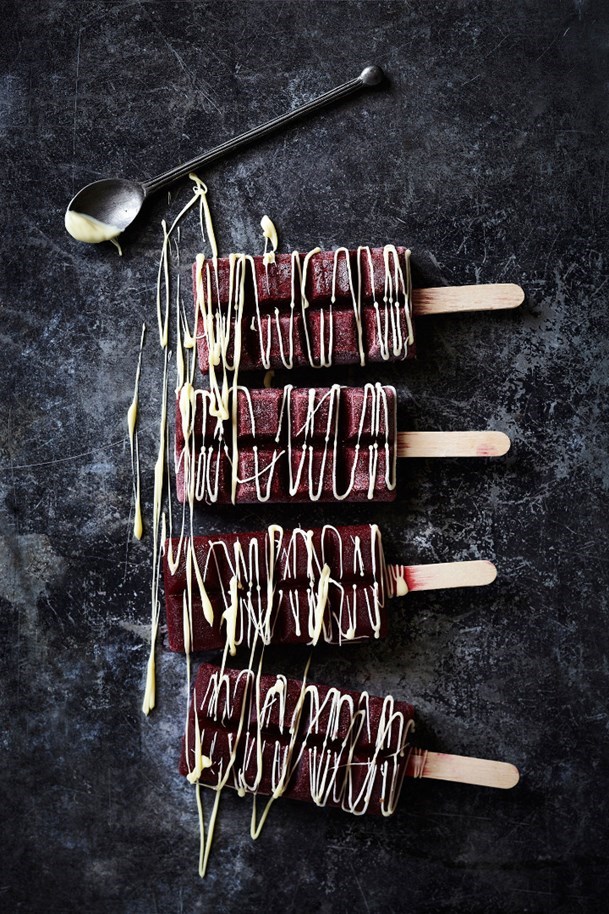
Your latest work ‘The Bug Project’ is based on starting a conversation about future sustainable food sources. Can you tell us about what sparked the idea and how you went about planning, gathering the resources and what went into designing the final outcome.
The idea is sparked by a brief for a photography competition. The brief asks to create a creative series of images around “The Unexpected”. For that I wanted to create a body of work that used my food photography in a different way. The unexpected being the insects off course. The idea was to create a series of beautiful and classic looking food photographs that at first glance would look good enough to eat, but at a closer look would reveal the insects. It leans back to Dutch classic still life paintings and basic food ideas from medieval times.
I contacted a food stylist I wanted to work with, to kindly ask if she’d be part of it with me. The project just took shape from there. My food stylist is an amazing multi talented lady, and she instantly saw my vision. At first the project was meant to be just that, but now that it’s been revealed online, the feedback has been incredible, and I’m going to continue it with more food images, possibly some portraits, reportage and lifestyle. It’s developed a life of its own, which is absolutely amazing, and what you want from a great personal project.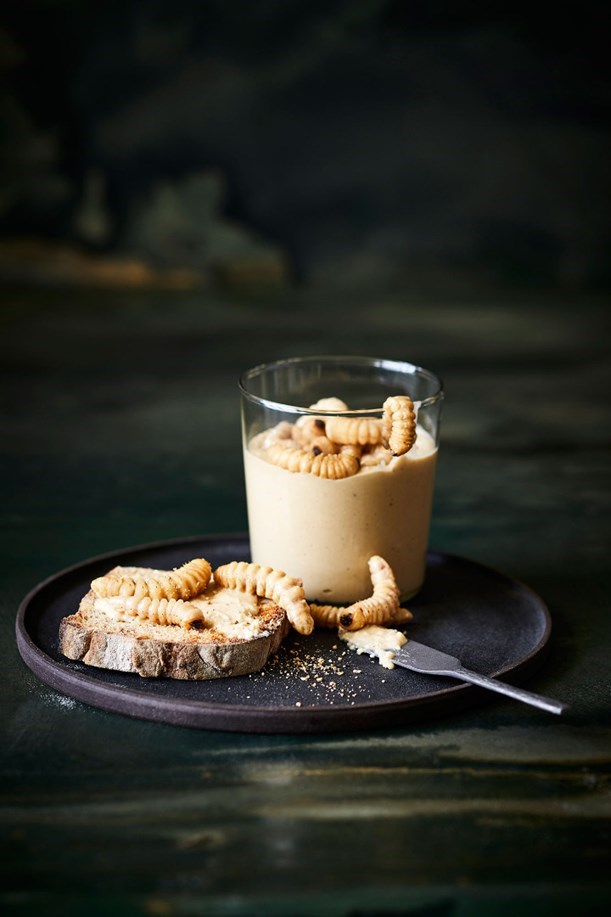
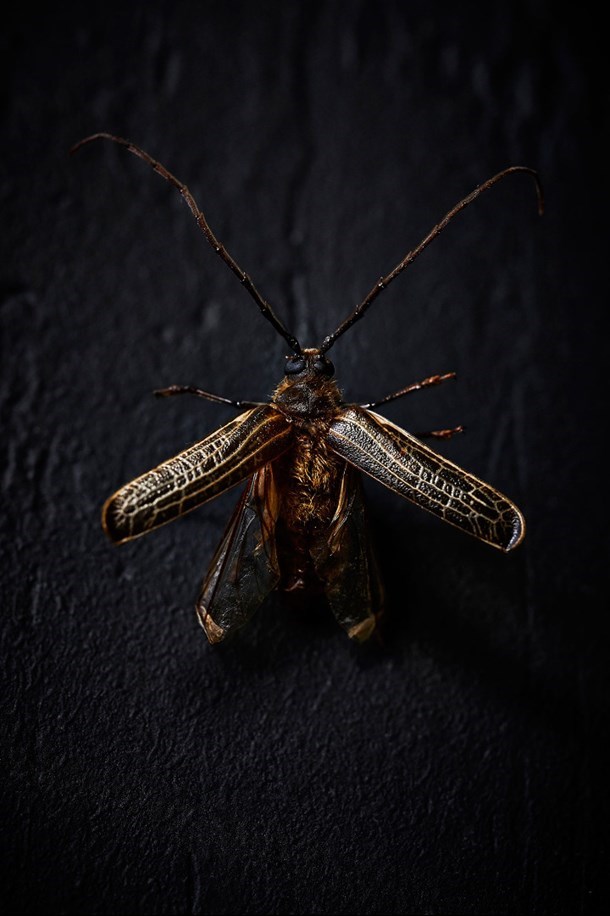
Artificial or natural light? Talk about how you use lighting in your work.
Although I’m technically trained in the world of commercial photography and all the things that come with that of lots of gear and flashlights, I’m much more interested in working with simple effects and making the most of what I’ve got. It’s easy to get carried away by fancy gear and lots of equipment making it look like you know what you’re doing because you have the tools, where as in reality a great photographer can make amazing images with very little. Thus I like working with natural light. I like soft diffused natural light ideally from the shade side of a building streaming through a window. But most houses are built with the windows facing the sun, so I work with a lot of diffusion screens and bounce my light to soften the shadows. Off course I could use flash or tungsten if I wanted to, but I’d still create something that immolates natural light. You just can’t beat it!
You photograph both commercially and for personal development. Talk about the differences between the two from your perspective.
Before I worked with the photographers consultant I mentioned earlier, I guess I was a bit burned out. I’d lost the desire to shoot anything outside of my commercial jobs, and mostly just thought of photography as my job that had little to do with my creative well being. How wrong was I! It has helped me spark that creative flow again and now I take my camera with me, every time I go somewhere with a chance of something great to shoot. I like to photograph the beach, it keeps me calm! I’ve been searching for a personal project that can feed into my commercial work and the Bug Project has proven to be just that. It’s sparked a myriad of other creative ideas for personal projects and test shoots, and I’m just needing more time in my day to carry it all out really!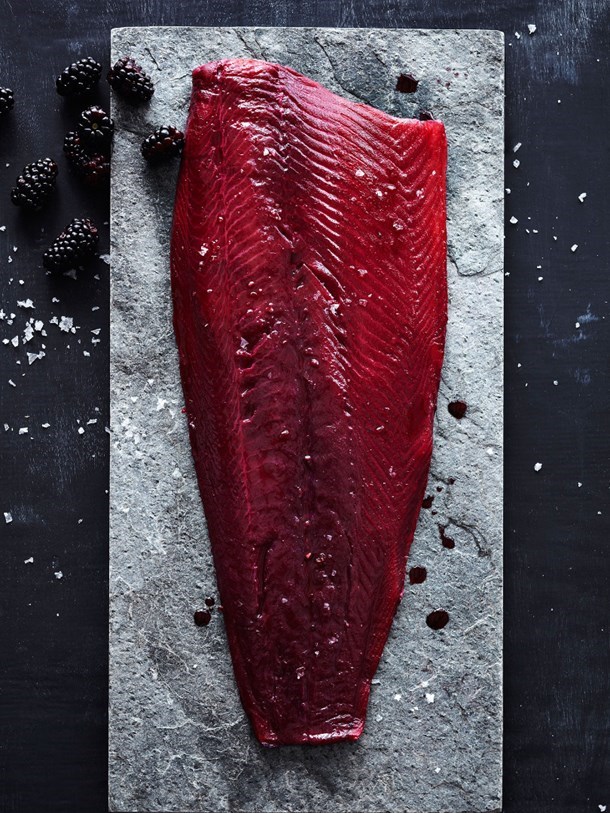
What advice would you give to young photographers trying to break in to the commercial photography world?
To be professional and be persistent. No-one ever became successful by giving up! Find out what sort of professionalism applies to what you want to shoot and act like a professional.
How important is social media and how does it affect the way you create?
I’d like to think that social media isn’t very important, but I’m afraid it is. It’s one of the main reasons that editorial is in rapid decline and why the advertising industry is changing also. There’s a wealth of information to be found and most definitely money to be made. I’m currently using Instagram a lot because it suits my subject and my audience. It is a massive time killer, but if I’m not active on Instagram I may as well not be doing business as a photographer. If you’re not there, you don’t exist. It’s an extension to my portfolio and a way to communicate in a casual manner with people I want to work with, as well as show what I’m busy doing.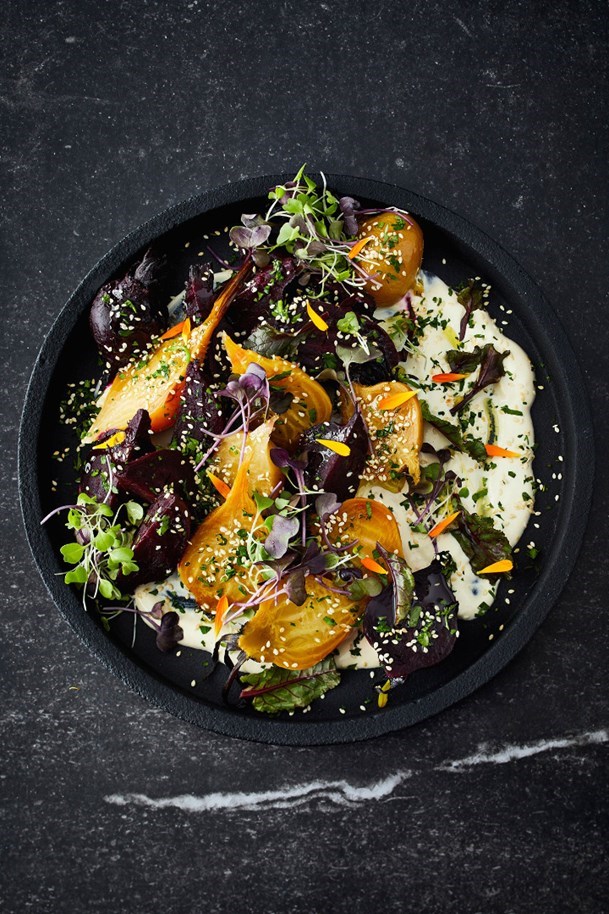
What are some of the ongoing shooting techniques/mediums you experiment with?
I’ve been working with soft natural light for a long time, but am currently playing with the trend of hard shadows with is great for tableware and drinks, and then I’m doing a bit of testing on shooting liquids in various ways. I’ve also been playing a bit with stop motion which feels like a natural extension to my still work. I’m not quite ready for shooting moving images, but stop motion is pretty fun.
Which part of photography do you like best ie. Shooting, editing or something else?
A quick look at my hard drive(s) will reveal that I prefer shooting and tend to put off editing!
What things do you do outside of photography that informs your creativity?
I’m a magazine and bookaholic. That’s cookbooks, photo books, books with pictures. I have huge piles of “to read” stacks. I also seek lots of inspiration online, as well as photography exhibitions. But mostly I find nature inspiring. It calms the mind, to give space for creative process.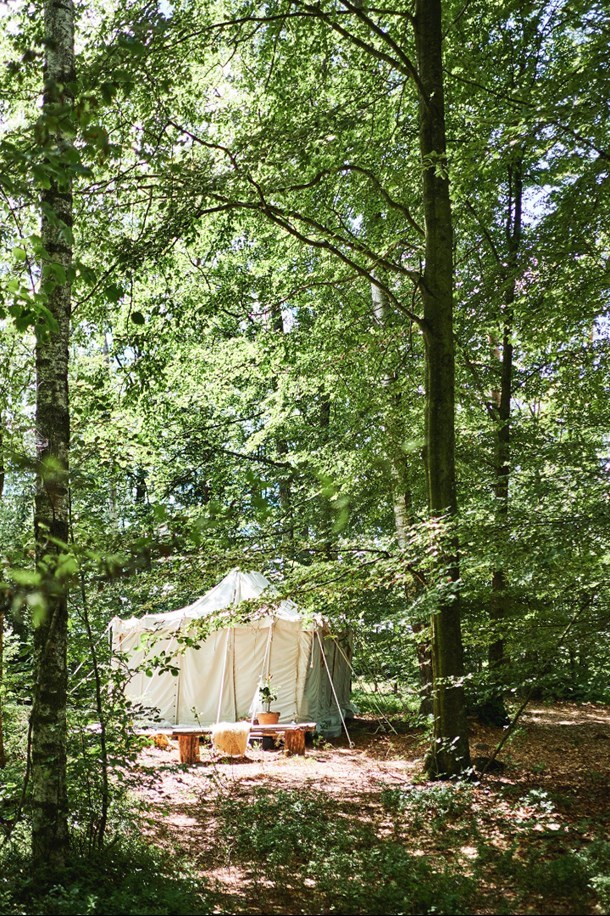
What’s your dream project?
I’m currently planning on doing a photobook of my own - possibly with the bug project and I’m dreaming up shooting a big nationwide makers project with a fellow photographer in Wellington. I’m hoping to get a publisher on board. Lastly I have a strong urge to shoot landscapes at the moment. I guess it’s because I have two small kids and it gets quite stressful at times, so I need lots of moments of calm!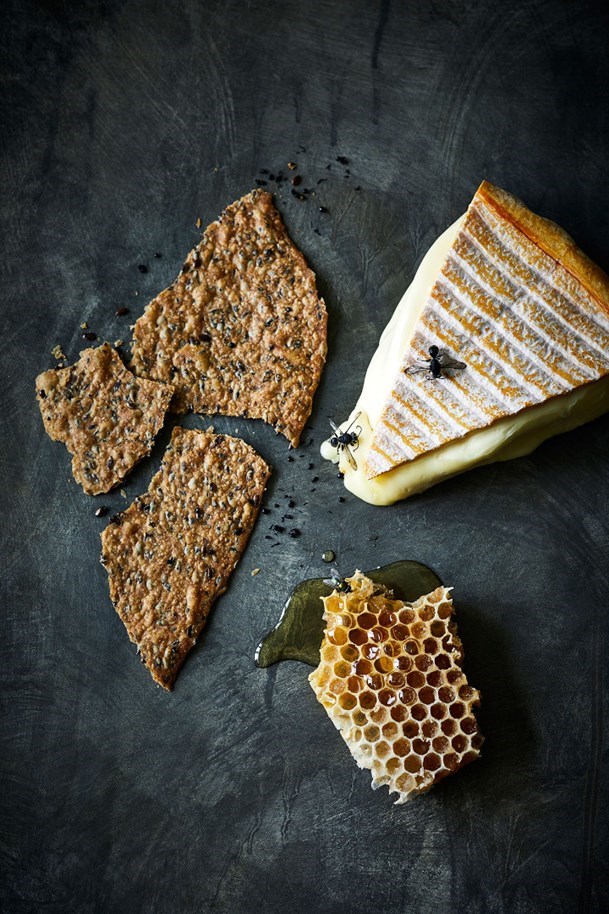
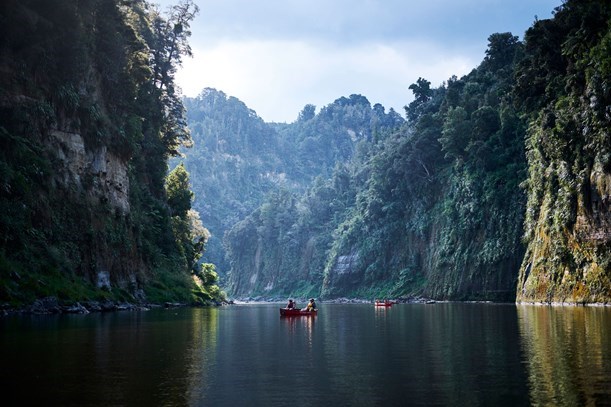
Gear Talk…What are you shooting with and why?
When I did my apprenticeship, the mantra at the studio was to never go down on gear. We always had the flashest, newest equipment and always took backups with us on location. As I started up on my own, I just couldn’t afford that privilege. I couldn’t even afford my own camera, so I rented all of my gear for the first whole year, until I had saved up enough to buy my kit. So I learned to get by with very little, to save as much money as possible. These days I work on a Canon 5D IV with a handful of prime lenses and my favorite tilt shift lens as well as a fairly new acquired Fuji X-T20, also with a small handful of prime lenses. Although I’m still dreaming up a Hasselblad, the Canon produces great files for what I need. The Fuji is an amazing little camera with files almost as great as the Canon and is very light weight which is perfect for travel and documentary work. I use it to shoot behind the scenes and extra outtakes along with the Canon as well as bring with me on smaller locations shoots. I was a bit torn between the X-T20 and the X-T2 but ultimately choose the 20 because they are almost identical apart from the 20 being much lighter. Until I bought the Fuji I was pretty much only a tripod photographer, but it handles high iso really well, so it’s given me a lot of freedom. Thanks to that I now work more handheld with the Canon and with my new favorite lens, the Sigma 70mm art lens (that the Progear team recommended), I’m covered for a while.
Find more of Manja's work:
www | www.manjawachsmuth.com
Instagram | @mwphotographynz

 +9 529 5055
+9 529 5055